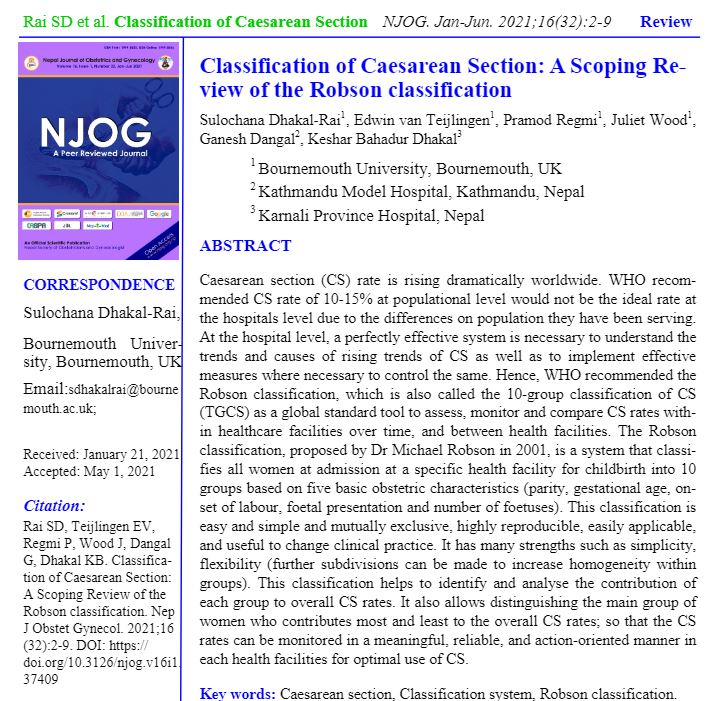 Congratulations to Mrs. Sulochana Dhakal Rai on the publication today of her PhD article ‘Classification of Caesarean Section: A Scoping Review of the Robson classification‘ in the Nepal Journal of Obstetrics & Gynecology [1]. Sulochana’s PhD project in the Centre of Midwifery, Maternal & Perinatal Health (CMMPH) is supervised by Dr. Pramod Regmi, Dr. Juliet Wood and Prof. Edwin van Teijlingen at BU and she is supported in Nepal by Prof. Ganesh Dangal [Professor of Obstetrics and Gynaecology at Kathmandu Model Hospital] and senior obstetrician Dr. Keshar Bahadur Dhakal [Karnali Province Hospital, Nepal]. Sulochana has already published two earlier papers from her PhD thesis research [2-3].
Congratulations to Mrs. Sulochana Dhakal Rai on the publication today of her PhD article ‘Classification of Caesarean Section: A Scoping Review of the Robson classification‘ in the Nepal Journal of Obstetrics & Gynecology [1]. Sulochana’s PhD project in the Centre of Midwifery, Maternal & Perinatal Health (CMMPH) is supervised by Dr. Pramod Regmi, Dr. Juliet Wood and Prof. Edwin van Teijlingen at BU and she is supported in Nepal by Prof. Ganesh Dangal [Professor of Obstetrics and Gynaecology at Kathmandu Model Hospital] and senior obstetrician Dr. Keshar Bahadur Dhakal [Karnali Province Hospital, Nepal]. Sulochana has already published two earlier papers from her PhD thesis research [2-3].
References:
-
Rai SD, van Teijlingen E, Regmi P, Wood J, Dangal G, Dhakal KB. (2021) Classification of Caesarean Section: A Scoping Review of the Robson classification. Nep J Obstet Gynecol. 16(32):2-9.
-
Dhakal-Rai, S., Regmi, PR, van Teijlingen, E, Wood, J., Dangal G, Dhakal, KB. (2018) Rising Rate of Caesarean Section in Urban Nepal, Journal of Nepal Health Research Council 16(41): 479-80.
- Dhakal Rai, S., Poobalan, A., Jan, R., Bogren, M., Wood, J., Dangal, G., Regmi, P., van Teijlingen, E., Dhakal, K.B., Badar, S.J., Shahid, F. (2019) Caesarean Section rates in South Asian cities: Can midwifery help stem the rise? Journal of Asian Midwives, 6(2):4–22.

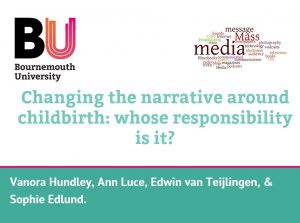
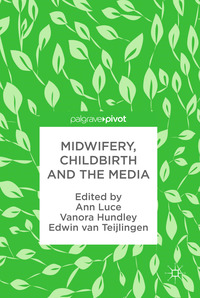

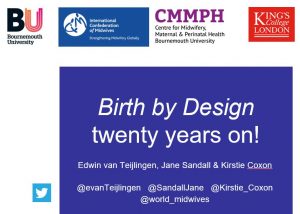
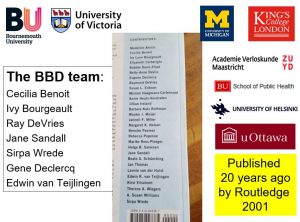

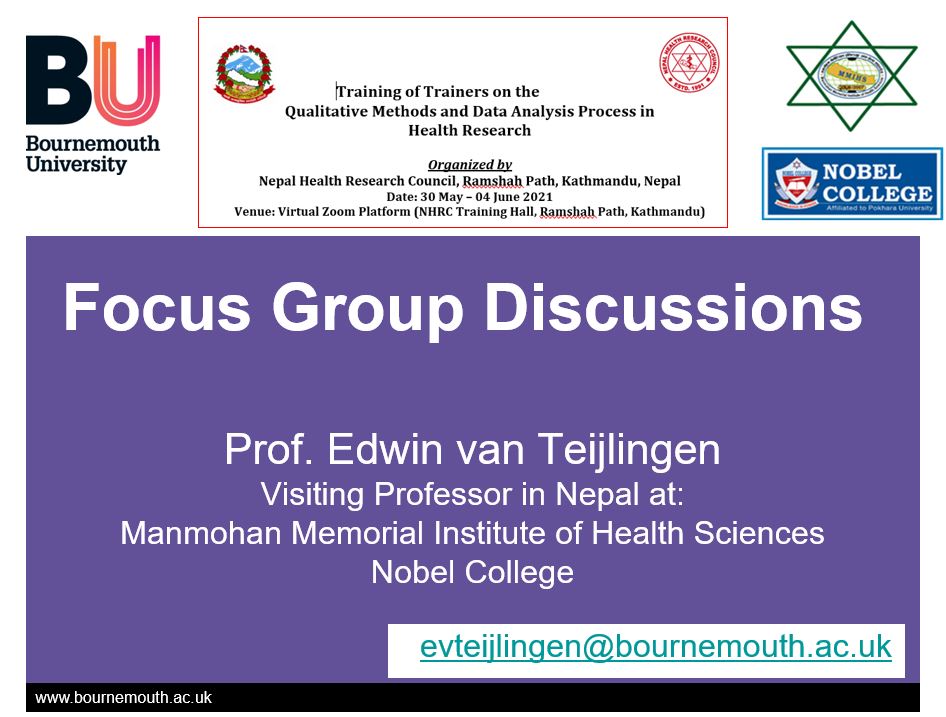
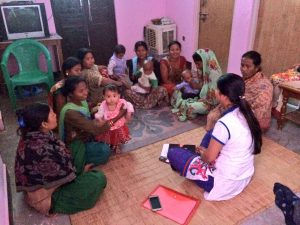


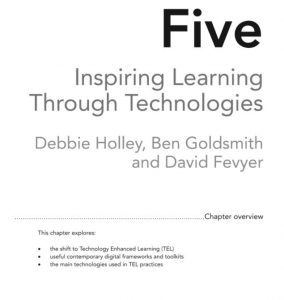
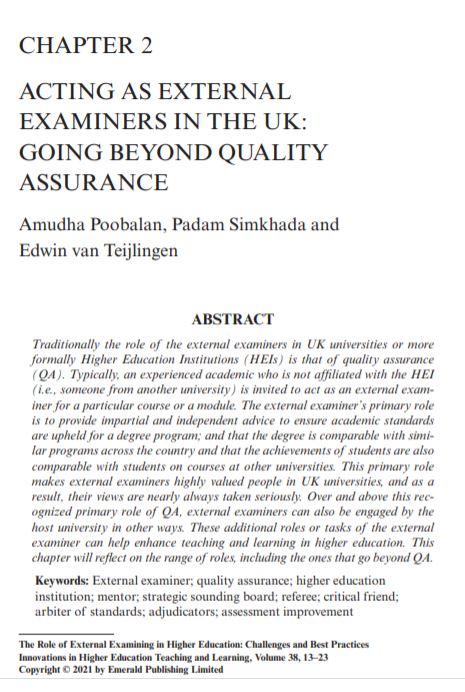

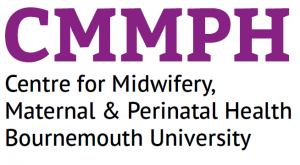
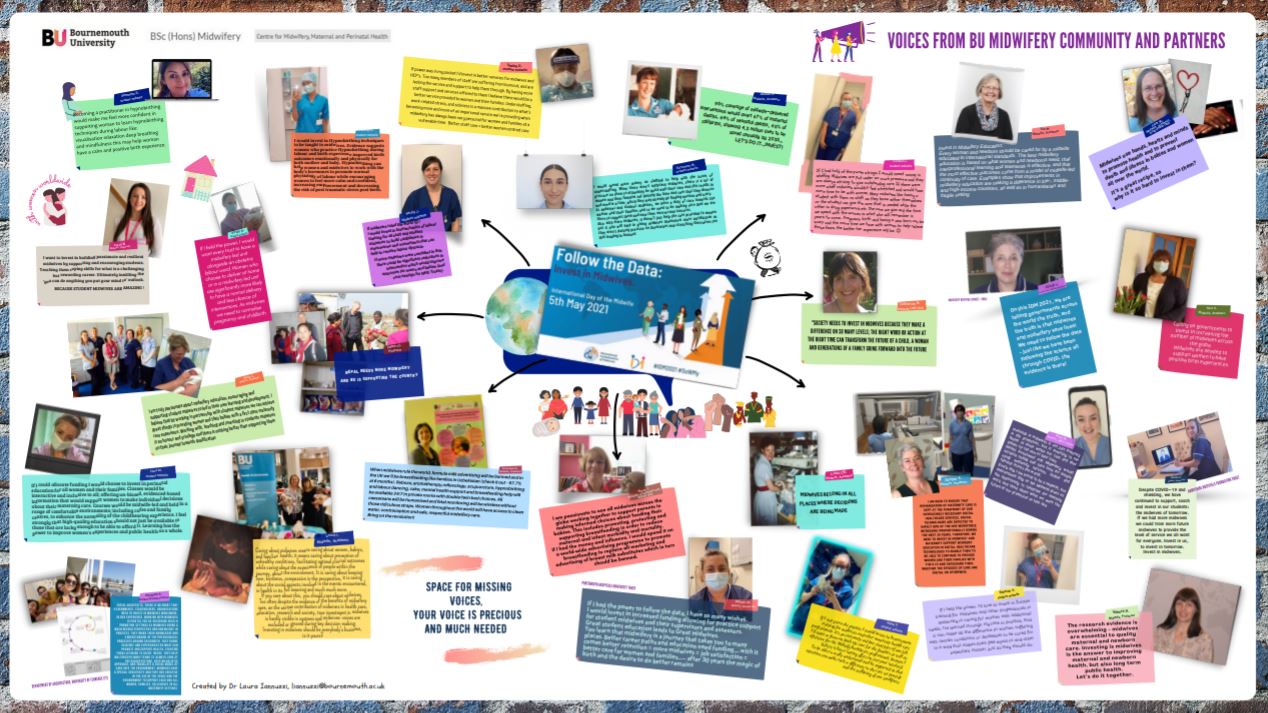

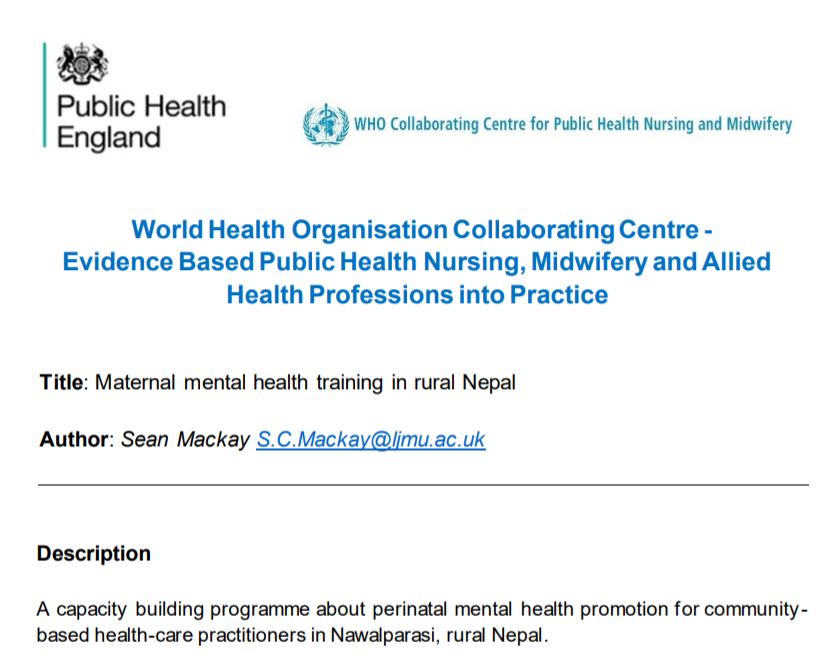

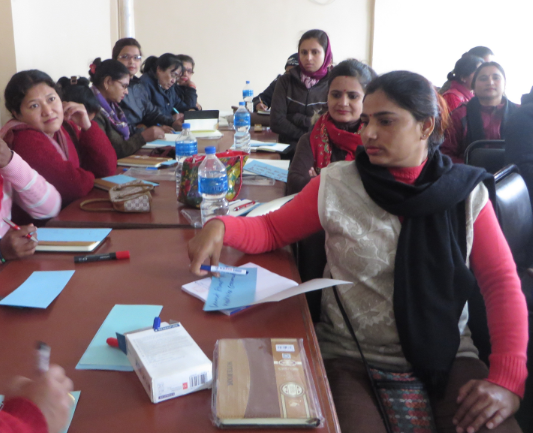
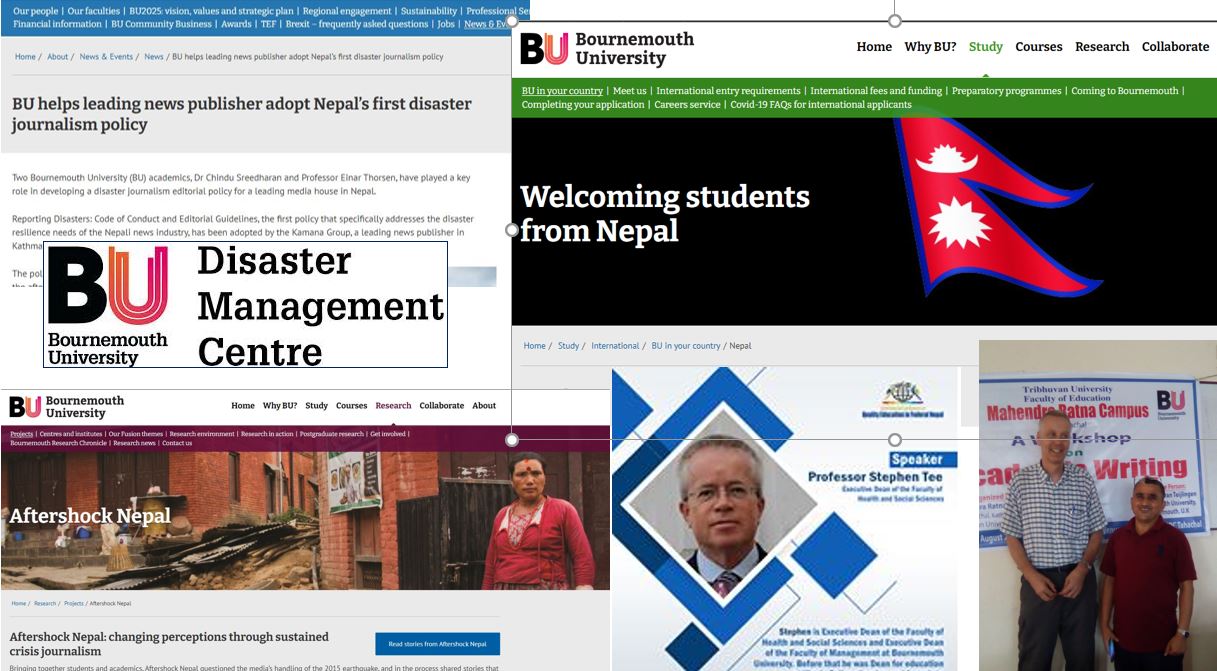





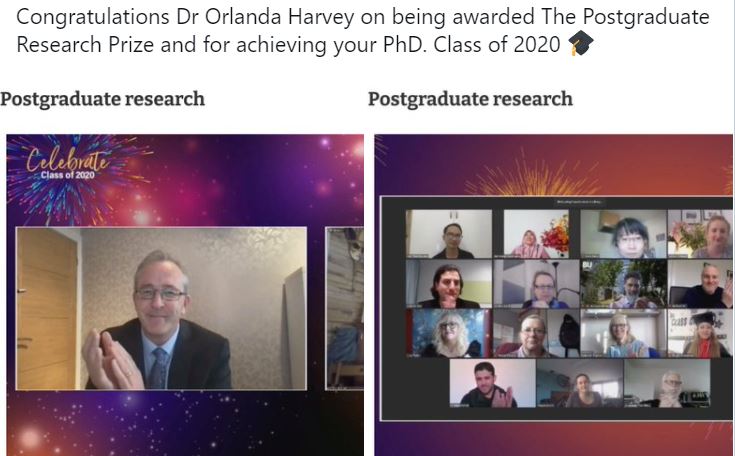


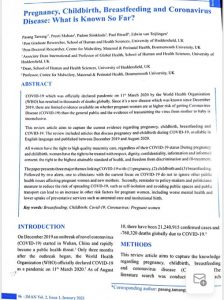
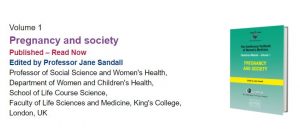
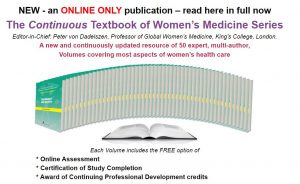
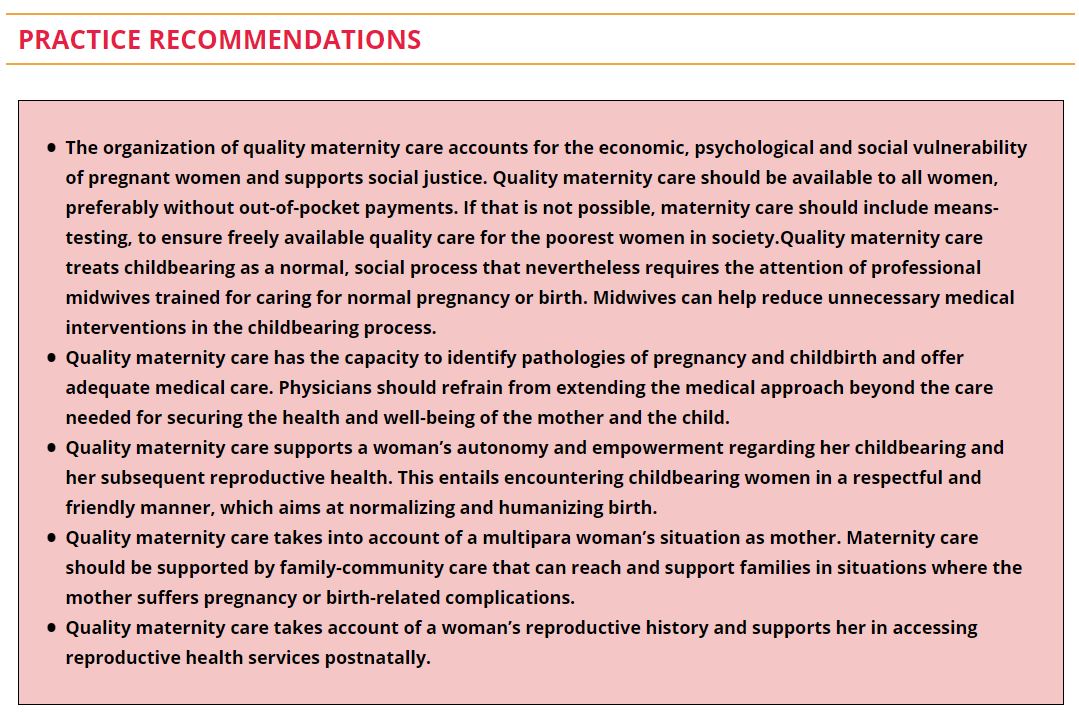
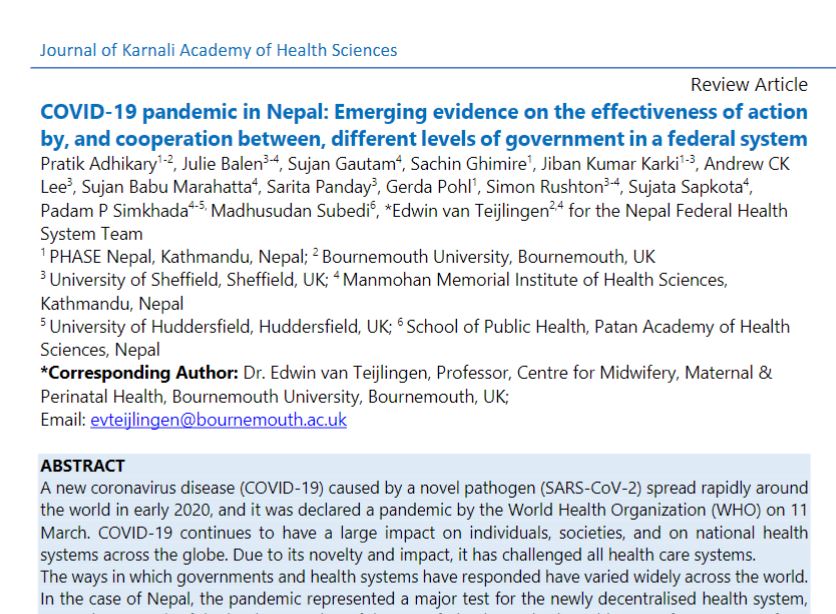
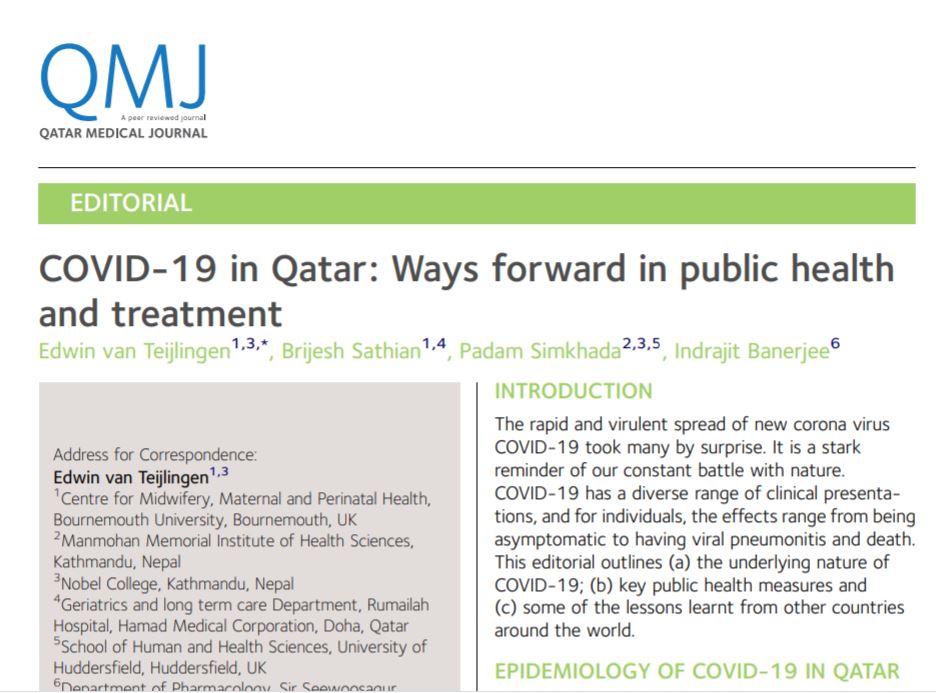

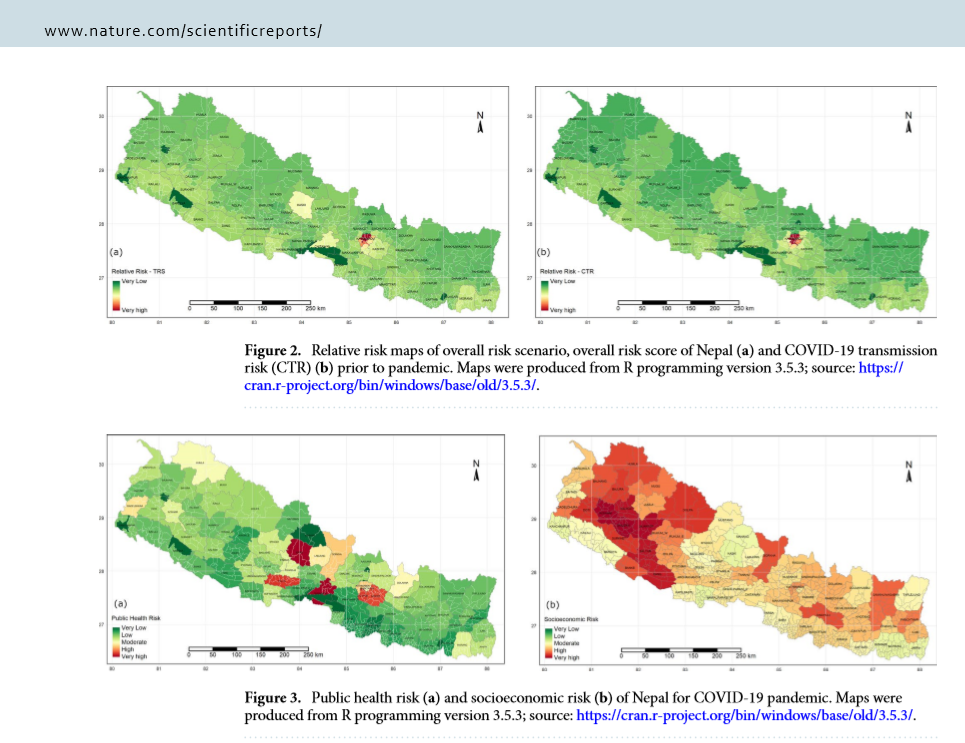
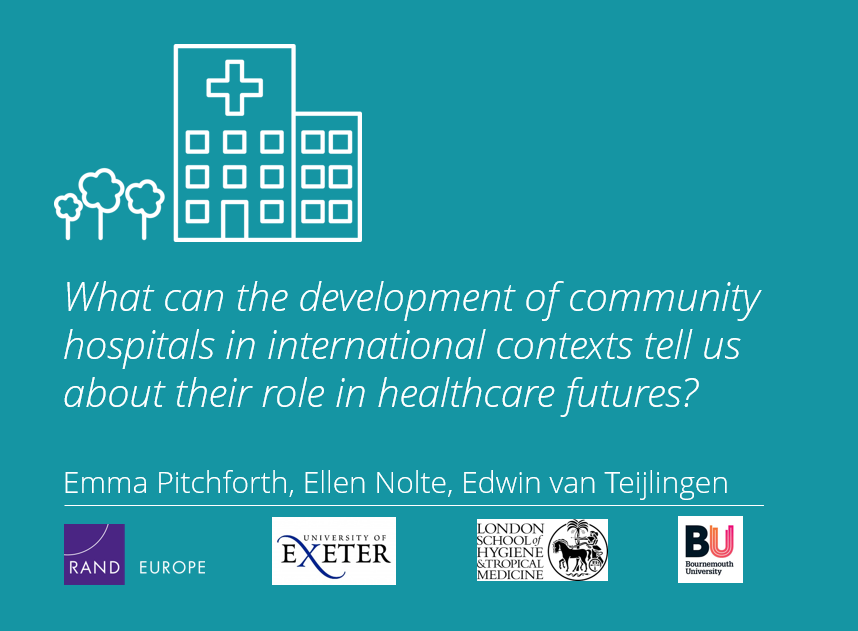
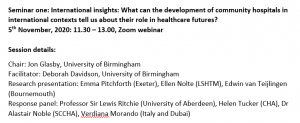

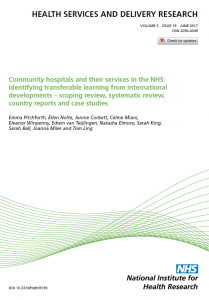
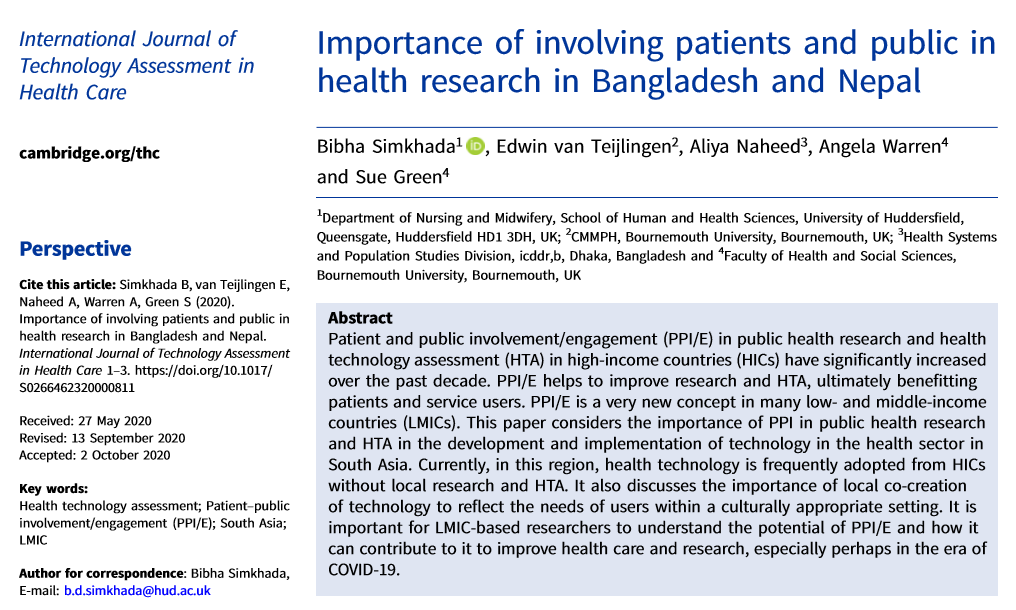

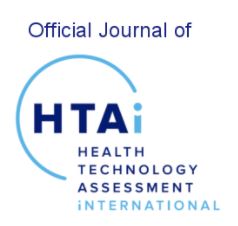
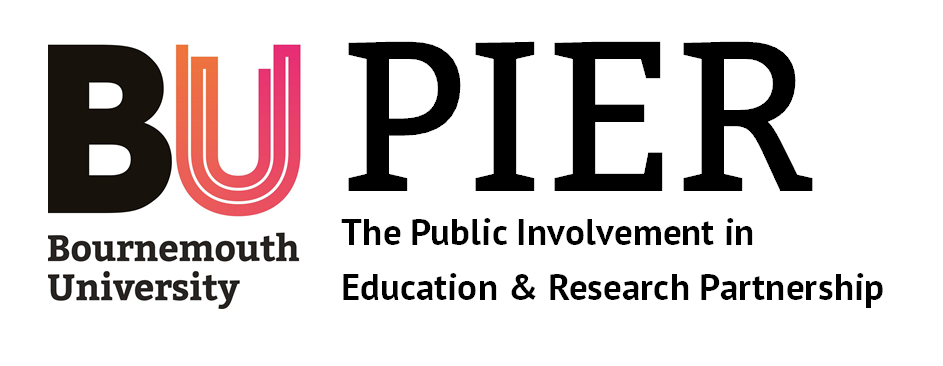











 New Nepal scoping review on maternal & neonatal health
New Nepal scoping review on maternal & neonatal health Fourth INRC Symposium: From Clinical Applications to Neuro-Inspired Computation
Fourth INRC Symposium: From Clinical Applications to Neuro-Inspired Computation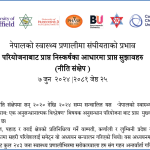 Writing policy briefs
Writing policy briefs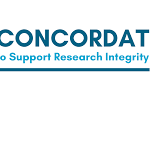 Upholding Excellence: The Concordat to Support Research Integrity
Upholding Excellence: The Concordat to Support Research Integrity ECR Funding Open Call: Research Culture & Community Grant – Application Deadline Friday 12 December
ECR Funding Open Call: Research Culture & Community Grant – Application Deadline Friday 12 December MSCA Postdoctoral Fellowships 2025 Call
MSCA Postdoctoral Fellowships 2025 Call ERC Advanced Grant 2025 Webinar
ERC Advanced Grant 2025 Webinar Horizon Europe Work Programme 2025 Published
Horizon Europe Work Programme 2025 Published Horizon Europe 2025 Work Programme pre-Published
Horizon Europe 2025 Work Programme pre-Published Update on UKRO services
Update on UKRO services European research project exploring use of ‘virtual twins’ to better manage metabolic associated fatty liver disease
European research project exploring use of ‘virtual twins’ to better manage metabolic associated fatty liver disease